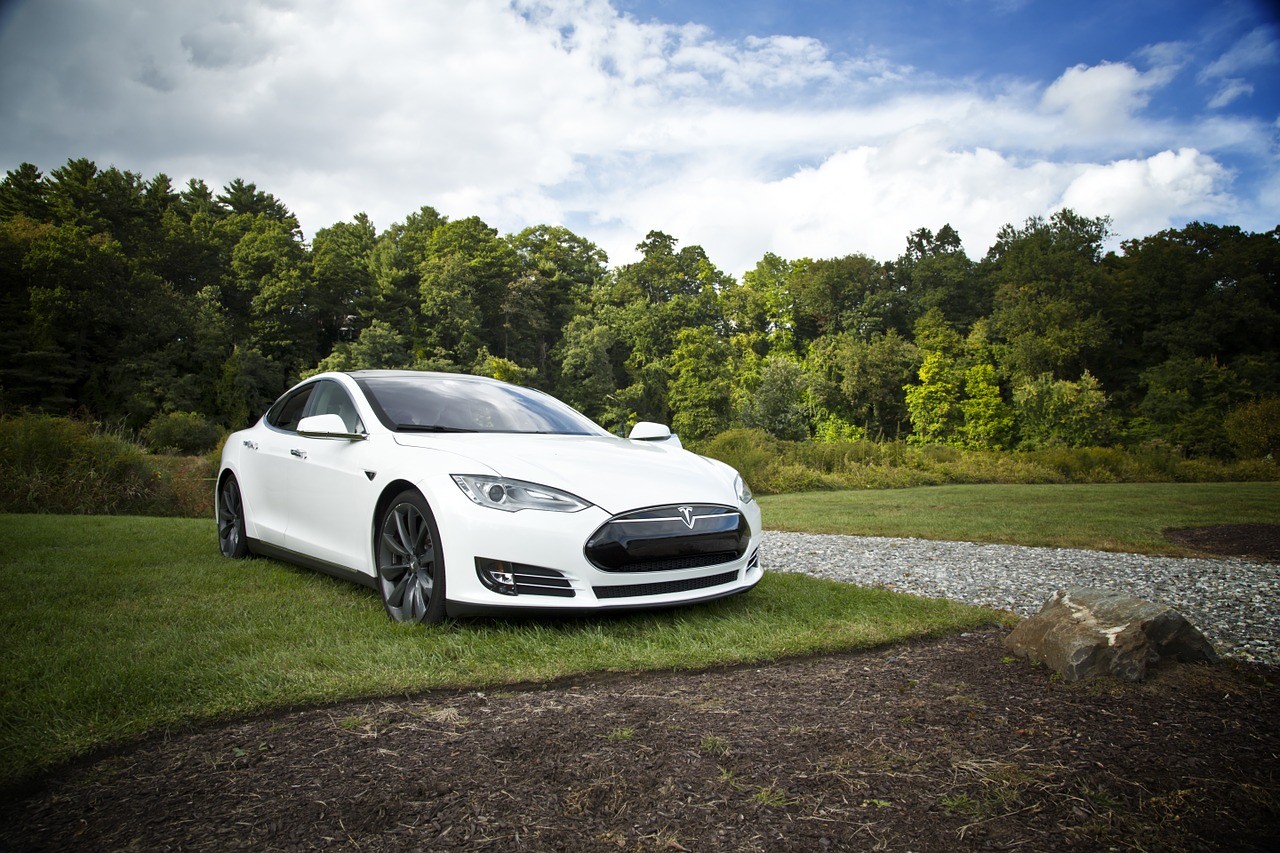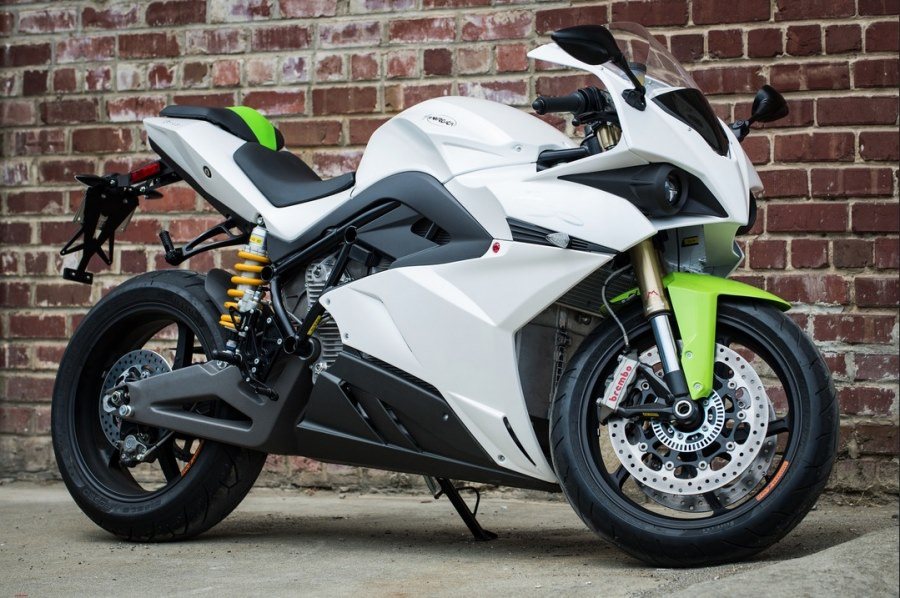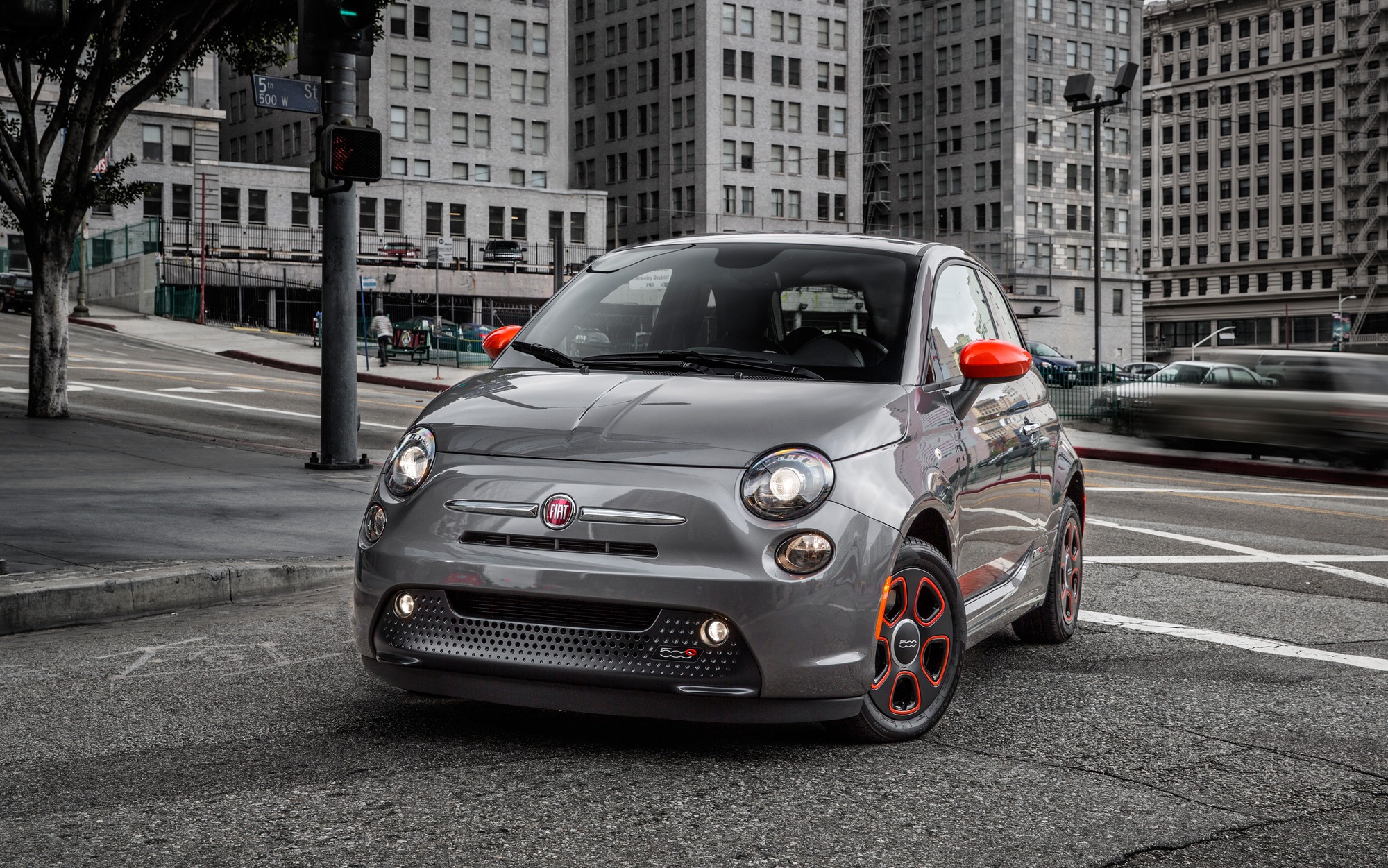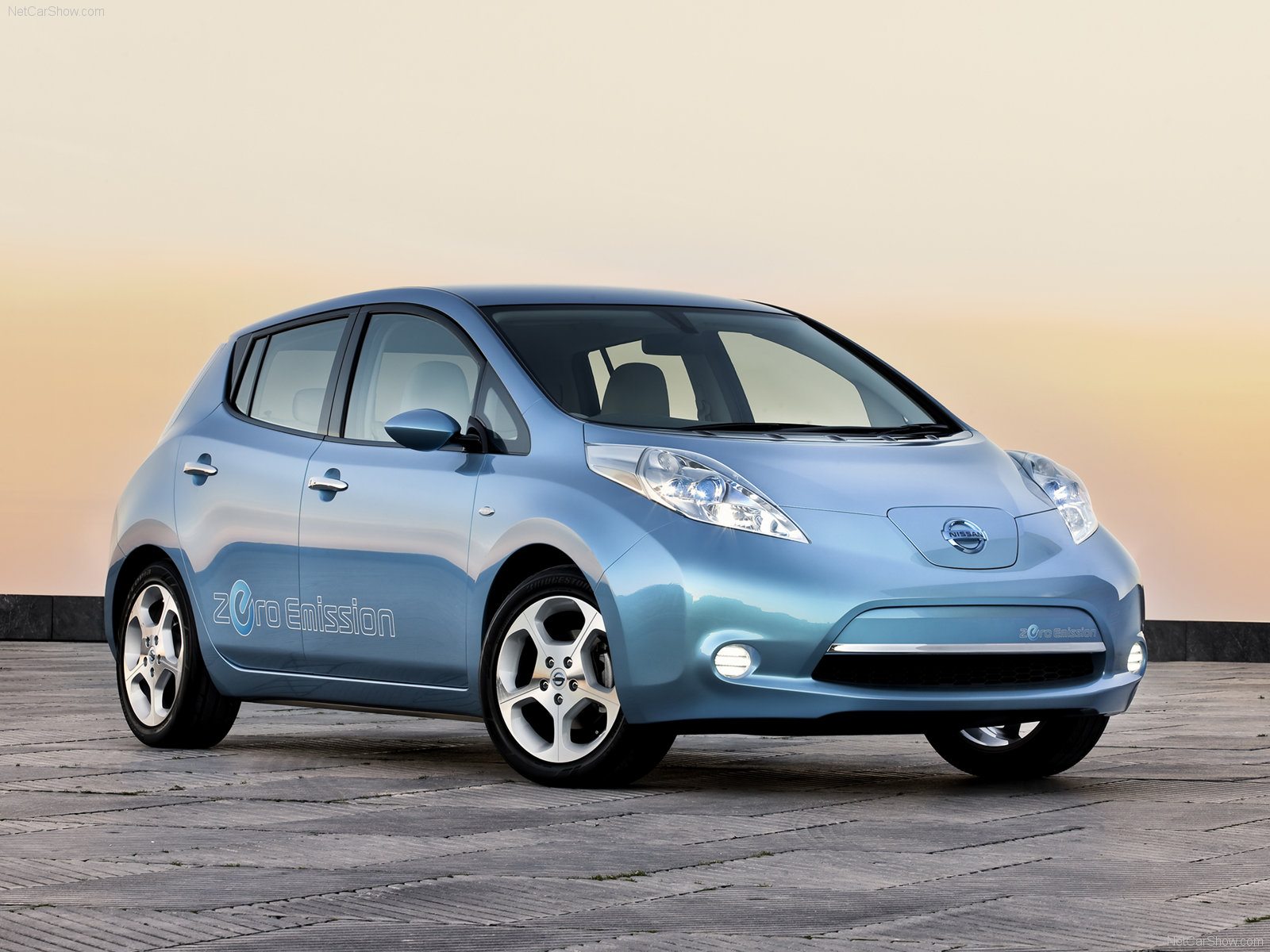And in recent years, the price of these cars and related transport has been steadily coming down, a trend that, if continued, will mean more and more people trading in their fossil-fuel guzzlers for the cleaner, quieter, and cheaper to run electric and eco-friendly modes of transport. Can we have both eco-friendly and stylish vehicles? Here are six models that definitely say “yes.”
Tesla S
A group of engineers in California founded Tesla in 2003, convinced that they could create an electric car that would be powerful, look like a sports car, and have zero emissions. They achieved that goal by 2008, when the first Tesla was introduced to America. By 2012, the Model S, a four-car sedan, was launched – a car that can seat 7 but with the performance of a sports car. It will go from 0-60 mph in 5 seconds. But it is being marketed as a family car that will go 265 between charges of its lithium ion battery. In 2013, the Model S was named Motor Trends Car of the Year, and the U.S. Highway Transportation Safety Board gave it a 5-star rating. The challenge for Tesla now is to get the cost down. At $70,000, it is too pricey for the average middle-class household, and there is some healthy competition coming on board from other American car manufacturers.
The Alto Caravan
Nothing guzzles more gas than a large camper which must be pulled by a truck getting about 8-10 miles-per-gallon. This great little camper, however, is about as eco-friendly as it gets. First, it’s small and aerodynamically designed for less wind resistance, of course. Beyond that, however, there is the solar heating and cooling with two panels on the roof. And speaking of that roof, it automatically raises, giving a feeling of much more interior space. All windows are from tempered glass, and the body from Aluminum and other lightweight materials. The interior, however, is where the style comes in. First, it is an amazing change from traditional camper-trailer designs. Everything is modular and so sleek. One end, a large lounge, can be quickly turned into a king-sized bed, and there is still room for a two-seater dinette that converts into a twin bed, a two-burner gas stove, and an inside toilet. The shower assembly is external, but with both hot and cold water, and two water tanks (fresh and waste) are tucked underneath the front end. Every inch of space has been utilized (storage under the sink, under dinette seats and under the rear lounge benches that convert into part of the bed). A small fridge sits under the two-burner cooktop, and there is even room for a microwave. This manufacturer has the basic model priced at $48,000, and add-ons, just as with cars, can bring the price up. However, considering that it can be pulled with a small truck, saving on gas, and stored in a garage, it is gaining a lot of attention from environmentally-conscious campers.
Energica Motors – The Electric Motorcycle
Manufactured in Italy by Energica Motors, this great electric bike has now hit the U.S. market and was highway motorcycle-approved in late 2015. This summer, a 450-mile tour of California and the opening of a gallery in San Francisco, promises to put this electric beauty on US. roads. It is fast-charging with a new 3-year warranted battery. Speed, handling and great style are what this bike is all about, and for a sport bike, it is pretty comfortable. At this point, riders can expect to get about 90 miles per charge, with an average speed of 50 mph. The only drawback still is the price – $34,000 for the base model, and for those who want one of the limited edition, as much as $68,000. Of course there are other electric motorcycles on the road, and as batteries get better and longer travel is available between charges, bike enthusiasts will no doubt begin to abandon their gas-powered machines.
PTV’s by EcoMotion Solutions
PTV’s, they’re called – personal transportation vehicles. And they are all electric, no carbon footprint ways to move people for a variety of purposes. Eco Motion Solutions, the manufacturer, offers customizable vehicles for mobility, law enforcement/security, warehouse movement, and recreation. Another huge benefit of this device is its portability – it literally folds up to fit in a trunk or closet. And it is lightweight enough that it can be picked up and carried, as well as transported by airlines, for those with disabilities who need mobility during their travels. For students getting around on large campuses, to vacationers who want to park their gas guzzlers for eco-friendlier touring, to the disabled who are able to have much greater mobility, electric personal transports are the answer. Electric personal transportation has also hit the traditional bike industry as well, with lightweight bikes and batteries that currently provide up to 25 miles on a charge.
Fiat 500e
While it is currently only sold in California and Oregon, it is predicted that the Fiat 500 series will ultimately be available across the U.S. The 500e travels an average of 87 miles per charge, which is a great range for most drivers. It’s an easily maneuverable little car, able to zip around corners and fit into tight parking that other cars have to forego. Standard features are pretty good too – heated side mirrors, power accessories, cruise control, heated front seats, rear parking sensors, an updated autotainment center on the dash, and folding rear seats. It’s really a two-person car, though, because the battery compartment reduces a lot of leg room in the rear. The car’s got zip. In an Edmunds test, it went 0-60 in 8.2 seconds. Top speed is 85 mph. Price? SMRP = $31,800.
Nissan Leaf
One of the biggest draws of the Leaf is that it gives drivers about 107 miles on a charge, which is longer than many competing cars. It is a great vehicle for in-city driving, but slower acceleration does not make it the best highway ride. For a compact hatchback, the Leaf is pretty roomy inside, even in the back seat. It has a great infotainment system with smartphone integration. A big plus is a standard rearview camera and an optional 360-degree camera that gives a view around the total car. The Leaf, priced between $29 – $37,000 comes with the standard charger. Plugged into a 110-volt outlet, it will take 21 hours to fully charge. With a 240-volt outlet, however, you can cut the charge time down to 4 hours. There is also a fast-charge port for charging stations which can give up to 80 battery charge within 30-minutes. Given the deep R&D that is currently underway by all major car manufacturers, electric transport, at least for personal purposes, is a foregone conclusion. It will now be up to local, state and the federal governments to put the infrastructure in place (e.g., charging stations) that will make all-electric transport convenient. We can hope that consumer demand and auto manufacturers will put the pressure on to get the infrastructure in place.





